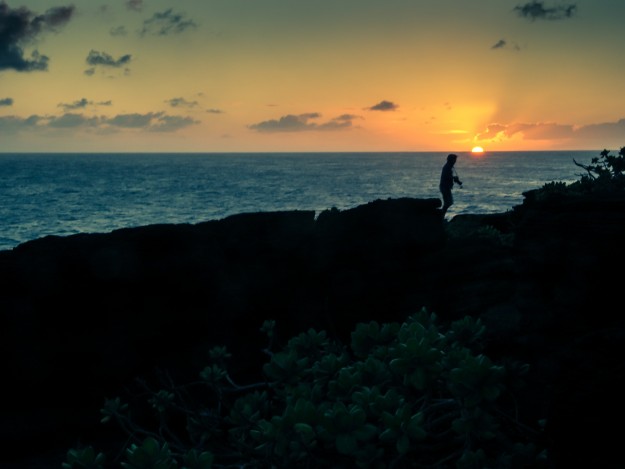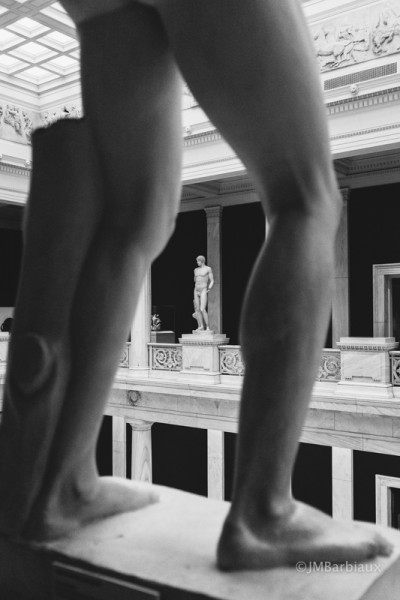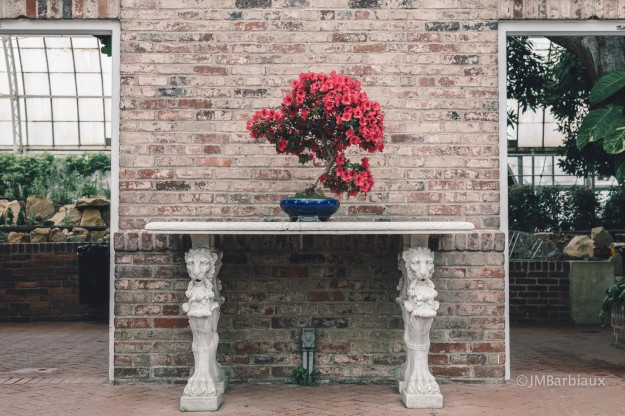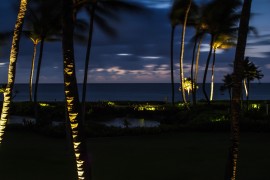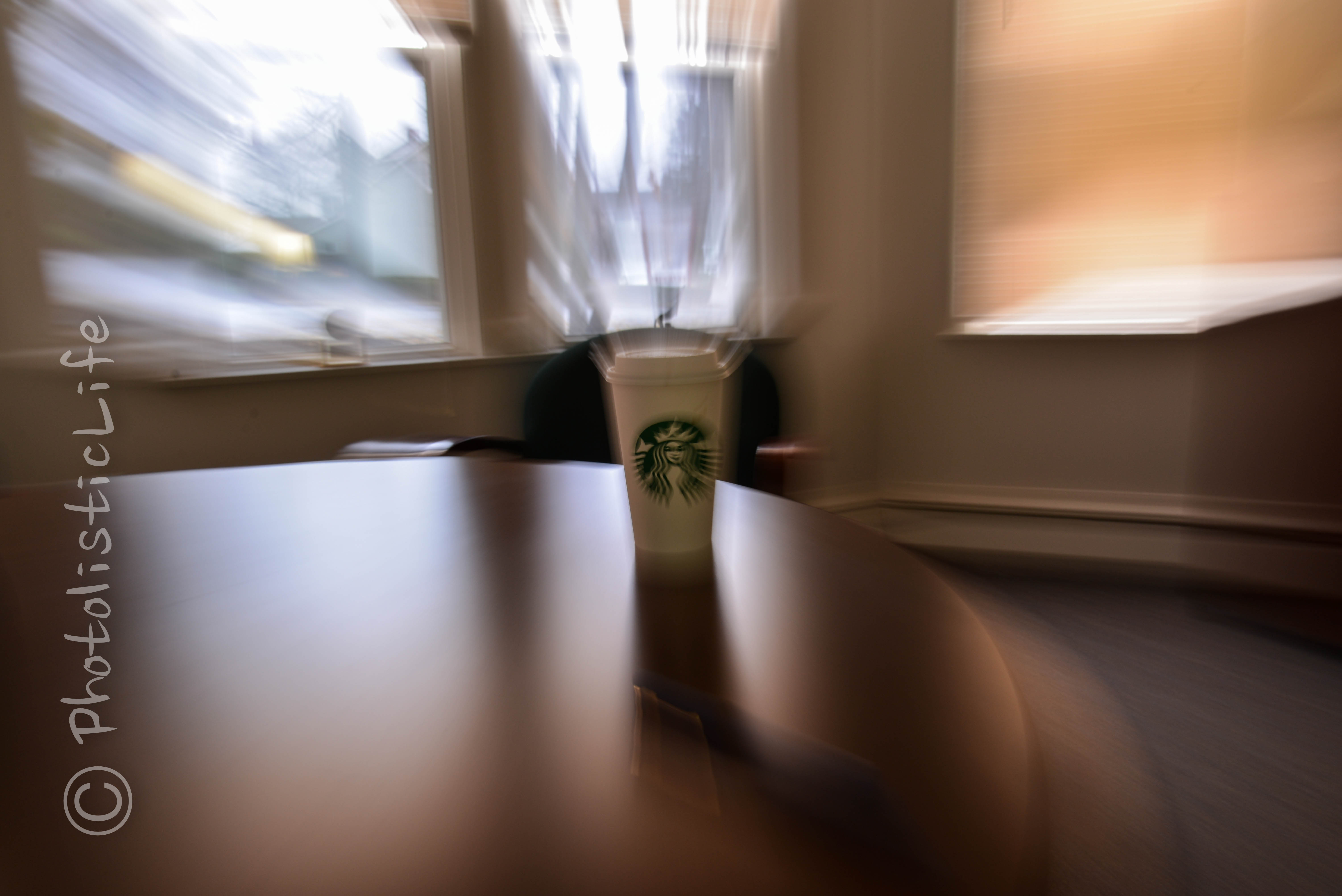I use auto ISO almost all of the time unless I’m shooting landscape or manual mode for other creative reasons. My base ISO is 100 or 200 depending on the camera I’m using and the ceiling ISO on all of my cameras is set to ISO 6400. Even shooting wide open I often find myself shooting at ISO 6400 while indoors.
Why Not Just Use A Flash?
Because you won’t get photos like the one you see above with a flash. Flashes aren’t inconspicuous (more on that below). Shooting with natural light preserves the atmosphere and presents a challenge that’s worth overcoming.
Tight Spaces
Whether you’re shooting in a large auditorium or the back room of a shady shop you’ll likely have to maneuver between other people and obstacles. The best way to combat tight spaces is to use a wider angle lens. Something in the 35mm range should suffice. The 50mm focal length is generally my go to for street or general travel photography but when I know I’ll be indoors I use a 35mm lens to allow me a little wiggle room in regards to distance from my subjects.
The Spotlight Dilemma
The spotlight dilemma is that feeling you get when you put the camera up to your face in a crowd of people… The feeling that as soon as you pick your camera up to your peeper everyone in the room is going to stare right at you. The fact is, most people are so caught up in their own thoughts that very few if any will actually notice you.
Confidence is the key to overcoming the spotlight dilemma, that or an invisibility cloak. Simply pretending you belong right where you are with your camera is enough to make people stop and think “hmm, this guy looks like he is supposed to be here” which will cause most people to keep on keeping on. If someone asks you what you are doing you can simply scream “stranger danger” and run off… or let them know you’re a photographer and you are documenting the life and times of all the interesting people wherever you are. I prefer the stranger danger approach but different strokes for different folks.
Technique
Each time you walk into a building with your camera you should have its settings preset in whichever way will allow you to capture the best image in the quickest way possible. In fact, you should always do this. The setting I use when I am about to shoot indoors:
- RAW format
- Auto ISO (100/200 – 6400 with the minimum shutter speed set to 125)
- f/2.8 or wider
- Auto White Balance (I don’t really care about this when I shoot in RAW)
- Aperture Priority or Shutter Priority
If you are absolutely sure you won’t adjust your aperture then I’d recommend shutter priority. If you want the flexibility to adjust your aperture for creative reasons then go with aperture priority. I opt for aperture priority 99.9% of the time because I regularly adjust my aperture depending on my subject, light, and desires.
To Dark?
Don’t be afraid to rest your camera on a counter, shelf, or some other stable object in order to take a shot without shaking your camera when the light is too low to maintain an adequate shutter speed. To figure out the adequate shutter speed, the speed at which you can capture an image without the movement from your body making the image look blurry, take the focal length number and use that as your minimum when setting your shutter speed. Fifty millimeter lens? Then always keep your shutter speed above 1/50th of a second for a better chance of capturing a sharp image.
Also, keep your elbows in and braced against your body if you can, this will help to steady the camera. Taking your tripod would be ideal but is often frowned upon (see indoor shooting etiquette below).
Shooting through your subject is a simple technique that can be used by photographers who are still uneasy about getting up close and personal with their subjects in confined areas. If you’re afraid you’ll make others uncomfortable by photographing them up close just pretend you’re shooting through them at something on the other side of them. If they try to make eye contact with you just look through them as if you see something extremely interesting right behind them. This will often disarm any confrontation.
Indoor Shooting Etiquette
Respect the comfort zone. I don’t recommend getting closer than an arm’s length away when you take candid images of someone. Two arms lengths is even better. A simple rule I follow when photographing strangers is not to break their path of movement. If I break their path of movement, get in their way as they walk this way or that, then I deserve to get pushed out-of-the-way or worse. Simply respecting other people’s personal space will keep you from getting into altercations 99.9999% of the time.

